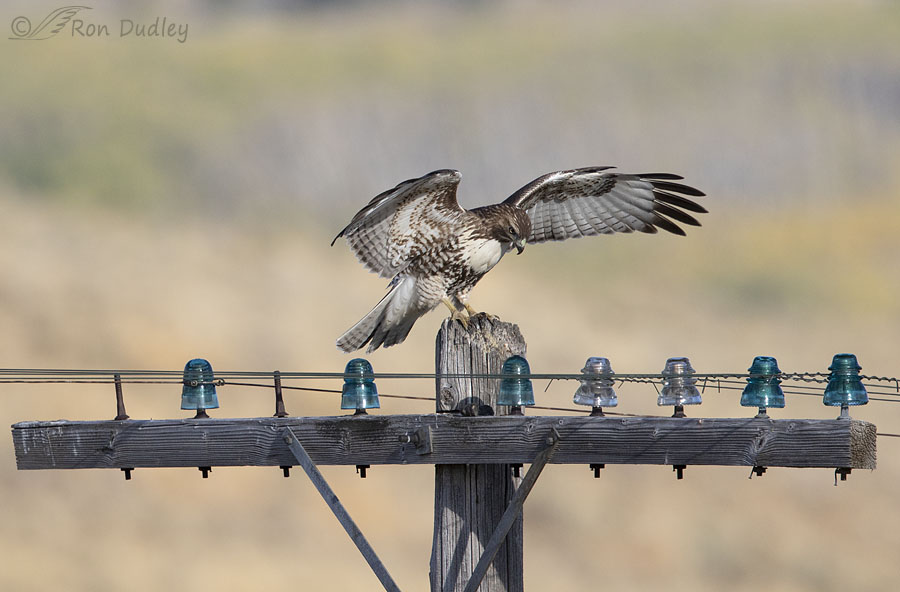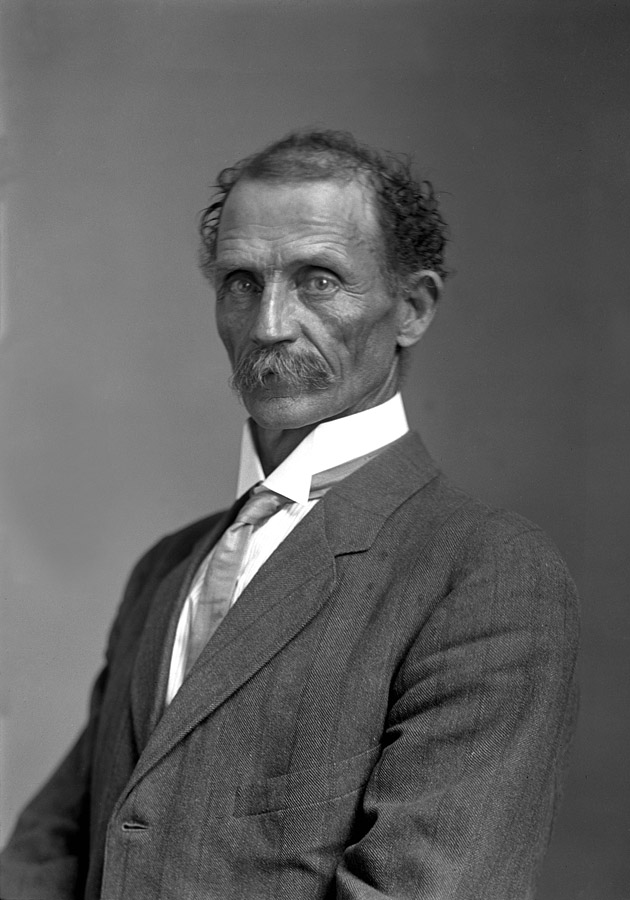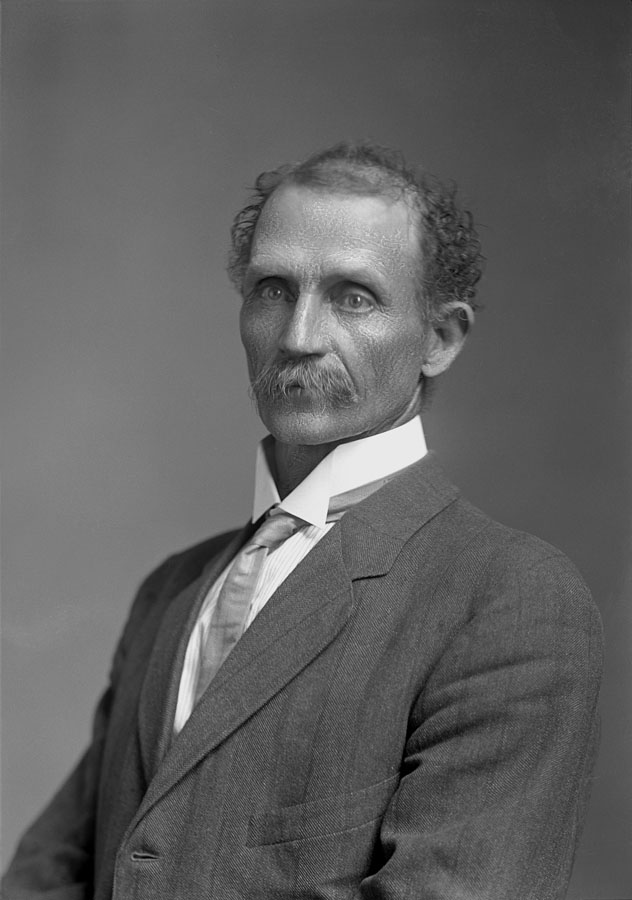Completing the circle.
I’ve told part of this story before so I hope long-time followers of Feathered Photography will bear with me.

1/2500, f/6.3, ISO 640, Canon 7D Mark II, Canon EF 500mm f/4L IS II USM + EF 1.4 III Extender, not baited, set up or called in
Red-tailed Hawks use these these very old railroad signal poles (carrying low voltage wires) adjacent to the Union Pacific Railroad line in Monida Pass near the Montana/Idaho border as hunting perches. I caught this juvenile trying to balance on the pole in the wind immediately after landing. If I centered the bird in the frame my shooting angle allowed me to include all of the antique insulators that remain on the pole. I’ve posted different photos of this hawk (and others) on these poles in the past but this one is new to Feathered Photography.
In effect these ancient poles and insulators put my great grandfather, Joseph Smith Dudley, out of business in the late 1870’s.
From 1875 until 1879 Joe was a freighter hauling mining supplies, food and almost everything else imaginable from Corinne, Utah to the Montana mining fields along the Old Montana Trail. He and his brothers drove huge wagons loaded with freight to the Montana mines in places like Bannack, Virginia City and Helena (Last Chance Gulch). Some freighters used mule teams to pull their wagons but Joe and his brothers preferred horses. Depending on weather and time of year each round trip took weeks to months and the Montana Trail was fraught with danger from accidents, frightful weather, Indians and what the freighters called “highwaymen”. But if your timing was good and you survived you could make good money from the supply-starved miners and Joe and his brothers did just that.
But it all came to an end in 1879 when the Utah And Northern Railway running from Utah Territory to Montana Territory was nearing completion. It was much faster and more efficient to ship goods (and people) by railroad than it was by wagon so freighters, including Joe and his brothers, were put out of business and Corinne, Utah essentially dried up. That original route of the Utah And Northern Railway (operated today by the Union Pacific) running through Monida Pass is where these old signal poles stand today. I don’t know if they’re the original poles but they’re obviously very old and they’re unused today.
So it always puts me in a nostalgic mood when I see these old poles and their antique insulators. Eventually, for a variety of reasons that probably include the loss of his freighting business, Joe and his family moved from Utah to southern Alberta where years later his grandson, my father Wayne Dudley, met my Canadian mother Lorna Prince.
If the railroad hadn’t arrived when it did and Joe hadn’t moved to Alberta, where would I be be today? Food for thought.

Joe was born in 1851 so he would have been in his late 20’s while he was freighting. This photo of him was taken in about 1915 when he would have been about 64 years old. I’ve heard countless stories about him but many of them can be condensed into the phrase “he was tough as nails”.
So, considering my love for raptors and bird photography, photos like the first one above sort of complete the circle of some of my family history. At least for me.
Ron
Addendum: There seems to be a lot of interest from readers about Joe’s photo and the quality and techniques used by Compton’s Photographic Studio back in the day. So I thought some readers might like to see a very similar photo of Joe that has been “airbrushed”.
I suspect you’ll agree with me – the “virgin” photo is much preferable. The airbrushed photo is simply awful.



What a great hawk photo. The insulators are a nice contrast. When I was young, I found a dumping site for the glass insulators when they converted over to ceramic. Still have many of them in the house.
I really appreciated the insight into your family history. Your lucky to have the stories to go along with the photographs. The original photo has amazing detail and character. The air-brushed version loses all of that. The less done to old photos the better.
Wouldn’t it be wonderful to be able to sit around a campfire and listen to stories your great grandfather could tell? That said, you retain a family history that is richer than most of us can only wish for.
Yep, the airbrushed version had to be fashionable for the time, but the original is one for the ages.
The insulator colors and background yellows are a nice complement (contrast?) to the Red-tailed Hawk.
Lyle, I just wish I’d asked my parents and my grandfather (Joe’s son) more questions about the Dudley’s in the early days. That’s one of the big regrets in my life.
Interesting Dudley famky(USA) peek nto our past…unairbrush photo shows a weathered ,life exoerience and challenges met toughess,, the face of a survior. The airbrushed one shows all of thatvwashed away…untouched by life…bland.
Thank you, Patty. I agree.
What a wonderful tradition that stories were passed along with family photos. My family had pictures of hundreds of preious generations, but no stories with them. That made the old pictures meaningless. What a loss!
I feel the same way, Nancy. Given the choice I’d rather have the stories than the photos. But it sure is nice to have both.
As soon as I saw the title of the post I KNEW I was in for a treat.
Thank you.
I suspect that Joe needed to be tough as nails – and the airbrushed photo of him gives me the dry heaves.
This is the sort of history which fascinates me. I was taught history at school as dates, rulers, battles but I MUCH prefer learning about the ordinary (who were also extraordinary) men and women and how they survived (and sometimes didn’t).
Too often “didn’t”, EC. There are many examples from Joe’s life and the lives of his family that exemplify that sad fact.
One example: while the Dudley’s were crossing the plains in 1850 on their way to Utah Territory many in their party died, for a variety of reasons but especially because so many of them got sick and died from that they called “mountain fever”, a tick-borne disease.
I know. I suspect that many (if not all) pioneering families had similar stories. And still they persevered.
The air-brushed photo is horrendous!! The original is so striking! That’s quite a ‘stache! Great story Ron, thx for sharing 🙂
“The air-brushed photo is horrendous”
That’s pretty much my reaction to it, Kathleen.
Wonderful photos and a great retelling of some of your family history, your great-grandfather would be pleased to know his hard work is remembered and appreciated. As for that “airbrushed” portrait … definitely not an improvement. (But this hawk photo is one of my favorites, I remember at least one of your previous posts of young Red-tail and insulators!)
Thanks Chris. I’ve posted several other photos of hawks on these poles but this one is new to my blog.
Hard life, amazing anyone survived.
I’ve often thought the same thing, April.
Love to hear family history and how we are connected. Thank you for sharing this history with us! 💜
Thanks, Beth.
I especially love the stories of your family’s history and struggles– speaking
as a person of Utah pioneer descent, I am often annoyed with the
extent of the “airbrushing” of more than our ancestors’ images, and to a
greater extent, their actions and characters–they were much more complex than
the legends portray. Joe Dudley’s powerful, almost steely gaze, strong spine, and
weather-bronzed skin bespeak what it took for survival in those times, very
different than the mealy-mouthed piety that’s usually recounted.
“very different than the mealy-mouthed piety that’s usually recounted.”
I couldn’t agree more, Kris.
Very interesting post Ron. Neat lead into the story showing the Red-tailed Hawk on that weathered old signal pole. Your great-grandfather Joe sure looked the part of the brave hardened men that did that kind of work back then. The railroads changed so much in early America and eliminated so many jobs like your grandfather’s and the Pony Express etc. I am reading a book right now called the Transcontinental Railroad by John Hoyt Williams. That railroad changed so many things in our country and of course started Californians like Stanford, Huntington, and Crocker on the road to becoming billionaires.
Everett, hundreds of the photos I’ve posted to Feathered Photography over they years were taken within a stone’s throw of the Golden Spike National Monument where the Transcontinental Railroad was completed. Some of them were taken right at the grounds of the visitor’s center.
I’ve never been there Ron – would like to see it though – thanks
Maybe the rain is making me melancholy this morning but the hawk in your photo looks like the spirit of the wild things, peering down at the wiring that presaged all the development that would follow, and change his world forever, rarely for the better.
A picture tells a story and this one is a fabulous, though sad, photo and story.
Thanks for sharing
Porcupine, I wish we had a little rain to make me melancholy (or not). Our recent storm helped but in the big picture it’s only the proverbial “drop in the bucket”.
Always a thrill to get a peek into the Dudley family history! What our ancestors endured in order to survive never ceases to amaze me. Thank you for sharing both the photographs and the story.
Thanks, Marty. As I said I shared part of this story before but other parts are new to my blog.
Wonderful story and photos. And look at those catch lights in your great grandfather’s portrait!! (are they called that for humans?)
He looks tough as nails, and handsome to boot! Thanks for sharing, I love family stories. And as Judy wrote – the Red-Tail is a bonus!
Thanks, Mark. Yes, they’re called catch lights in humans too.
One of the accounts I’ve read about the Dudley brothers while they were freighting referred to them as “tall and good looking” and having “the best horses on the Montana Trail”. Joe was known as a horseman. In fact he took some serious flack from his Mormon neighbors (and his own wife) for racing horses and betting on the outcomes.
Joe’s family was originally from Boston but they moved to Utah in 1850. I’ve read in old family letters that they had a pronounced Boston accent. At first I had a hard time imagining any of my family with a Boston accent. There’s certainly none of it left in my family today.
That’s great! Thanks for sharing more of the story!
Love the tale and the tie-in with the Red Tail. And I love that portrait of your Great Grandfather! As I said on a previous blog when you showed this photo, in my opinion, portraits don’t get any better than that one. (This is coming from one who did lots of portrait photography in a previous life.)
Joanne, I’ve always been impressed with the quality of that photo.
I have another photo of him almost exactly like this one but it was “air brushed” to get rid of his wrinkles etc. I much prefer this one.
ALWAYS up for a history lesson particularly when it’s “personal” to someone I know. 🙂 Amazed the insulators hadn’t been stolen – many collectors out there… 😉 Hawk on the pole is a bonus…..
Smoke bad again and going to be “hot” again/still….. Appears it was a good thing your big tree was “gone” when that storm hit…
Judy, Union Pacific has access to that part of the railroad tracks blocked so folks can’t (legally) get access to the insulators. But maybe that’s what happened to the two insulators that are missing in the photo.
Yes, it was a VERY! good thing that tree was gone when the storm hit. I’ve thought about that many times.
That’s an extremely good portrait film used for your great grandfather in 1915. Is there a studio/photographer listed on the backside?
Yes, it was taken by Compton’s Photography Studio in Brigham City, Utah (about 14 miles from Corinne).
It was taken on one of Joe’s many trips from Alberta back to Utah to visit friends and family.
That studio was highly respected! see history here . . . https://brighamcityhistory.org/business/compton-s-photography-studio/
Terri, while I was researching my family history I saw hundreds of old photos taken by Compton’s. Some of course are portraits of individuals and photos of families but many of them are of places and events with local historical significance. Nearly all of them are of high quality and obviously taken by skilled photographers.
The Compton Photograph Studio Archive collection, 1884-1994 lists 1912:0766: Dudley, J. S. (2 poses). 1 Negative
See link here . . . http://archiveswest.orbiscascade.org/ark:/80444/xv71670
Yes, that’s where I got them, through Utah State University who now owns the entire Compton collection. Getting them was a bit of a hassle but it was worth it to me.
After I got them I learned that I’d inherited the original photo (the one that wasn’t airbrushed) but I didn’t know I had it.
Nice hawk shot and story. It’s always touching to hear about the everyday people of history rather than so much about the so-called “great men”
Thank you, Pat.